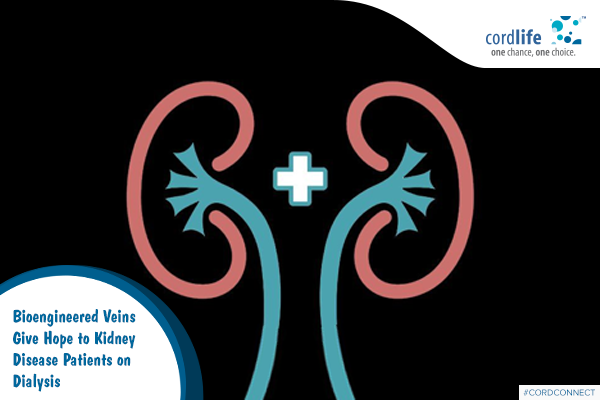Table of Contents
Blood is the essential element that travels in your body supplying oxygen and other nutrients to all the cells, getting rid of waste products and assisting the body to get around. With 1.5 gallons of blood in the body, it translates into 7% of the body weight. Constant cleansing of the waste and extra fluids is required, in order for the blood to be able to do its job.
Kidneys are your body’s best friends as they are designed to be natural filters that eliminate cellular waste products and extra fluids from the blood. These wastes are then passed out of the body through the bladder and disposed off via urine. If the functioning of the kidneys is hampered in any manner, the entire infiltration system of the body, removal of toxic by-products is affected. This , in turn, can cause a severe imbalance of essential biological functioning of the body. To those affected with non-functional kidneys, dialysis was the only form of available treatment.
However, that is no longer true. In a historic case in the United States, a bioengineered blood vessel has been successfully transplanted into the arm of a patient. Raymond Ramirez, a Vietnam war veteran was suffering from a number of conditions including bladder cancer and blindness in his right eye along with non-functioning kidneys. For this, he was unable to go for his regular dialysis sessions as his veins weren’t holding up anymore to the treatment.
This first of its kind surgery was part of Phase 3 of clinical trials prior to submission before the FDA for the final nod of approval. This procedure was a probable stepping stone in the direction of more multifaceted human-engineered organs such as livers or eyes, and possibly a more instantaneous advantage for kidney dialysis patients and conceivably even people with heart disease.
In the initial step of the procedure, the research team extracted muscle cells from human donor organs and designed these cells to develop into tube-like structures. Cellulose is a compound that secretes from the cells during this process. This secretion containing the extracellular matrix goes on to build a biological scaffolding that possesses the tenacity to maintain the cell structure.
In the subsequent step, the team of scientists chemically cleansed away the muscle cells leaving the scaffold undamaged with a hole. These scaffolds are then positioned under the skin of patients on dialysis. Post the transplantation process, the patient’s own stem cells banking, transfer to the empty scaffold. Successively, a new vein is produced that has a fairly wide hold along with the readiness to be used for hemodialysis.
For tissue engineering, this surgical procedure denotes a significant breakthrough. Jeffrey H. Lawson, a vascular surgeon and biologist at Duke Medicine who helped develop the technology and performed the implantation, said, “We hope this sets the groundwork for how these things can be grown, how they can incorporate into the host, and how they can avoid being rejected immunologically. A blood vessel is really an organ — it’s complex tissue. We start with this, and one day we may be able to engineer a liver or a kidney or an eye.”
UC San Diego’s (USA) director of stem cell research, Larry Goldstein says, “Ten years ago I don’t think there were that many [stem cell] projects that were really ready for clinical trials. The field itself has developed projects that are at clinical stage.”
Just one day after the two-hour procedure at Duke, it’s too early to tell whether the Virginia man’s body will incorporate the bioengineered vein without issues, but these next few months will provide a lot of insights into whether the vein becomes ‘functionally alive’, as Lawson puts it, which would ultimately be good news for hundreds of thousands of patients worldwide.”
